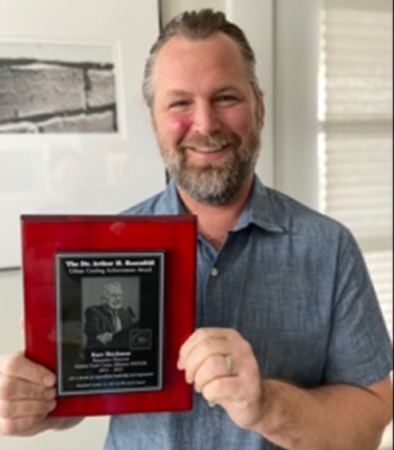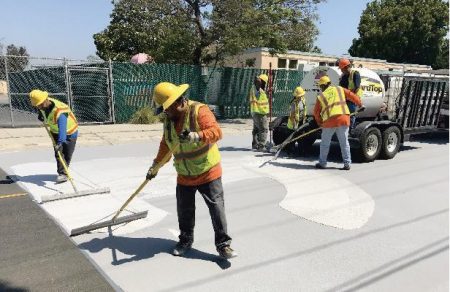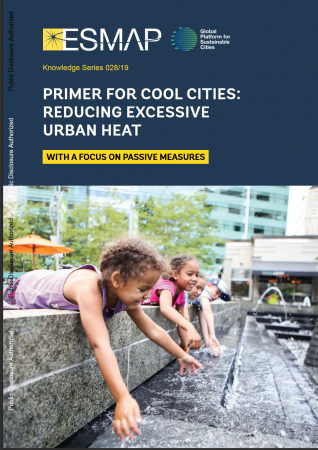
February 2022
A Message from the GCCA Board – New Leadership and Rosenfeld Urban Cooling Achievement Award Winner
Thank you and Farewell to our GCCA Executive Director, Kurt Shickman
It is with mixed emotions that the GCCA board bids farewell to Kurt Shickman, who after ten years as GCCA’s Executive Director is moving on to become Director of the Extreme Heat Alliance at the Arsht Resilience Center. As GCCA’s director Kurt was a national and international leader in creating policies and programs to facilitate cool cities. We will miss Kurt’s dedication to scaling up efforts around cool surfaces, and his good humor. He leaves behind a solid organization that will continue working to spread cool city initiatives. The good news is that in Kurt’s new position he will lead an international initiative to reduce extreme heat risk for vulnerable people. We look forward to continuing to work with Kurt and policymakers to implement effective on-the-ground heat reduction initiatives.
Congratulations, Kurt! 2021 Dr. Arthur H. Rosenfeld Urban Cooling Achievement Award Winner
In recognition of Kurt’s decade of unparalleled leadership and inspiration as our GCCA Executive Director, the Board presented Kurt Shickman with the 2021 Dr. Arthur H. Rosenfeld Urban Cooling Achievement Award. Exemplary accomplishments during his tenure (2010-2021) included leading the Million Cool Roofs Challenge that installed more cool roofs in 18 months during a pandemic than New York City did in a decade, working with an active global network of 80 cities, and enhancing the role of cool roofs as a climate mitigation strategy through effective communication and implementation.
Welcome to GCCA’s Executive Director, Maria Koetter

We are more than pleased to announce that Maria Koetter is the new Executive Director of GCCA. Maria has been a Program Director with GCCA for two years and led development of the Cool Roadways Partnership. Prior to joining GCCA Maria was the Director of Sustainability in Louisville, Kentucky. Her extensive experience and leadership with sustainability, climate adaptation, and resilience initiatives will ensure GCCA’s continued success toward implementing policies and programs that build resilience to extreme heat.













